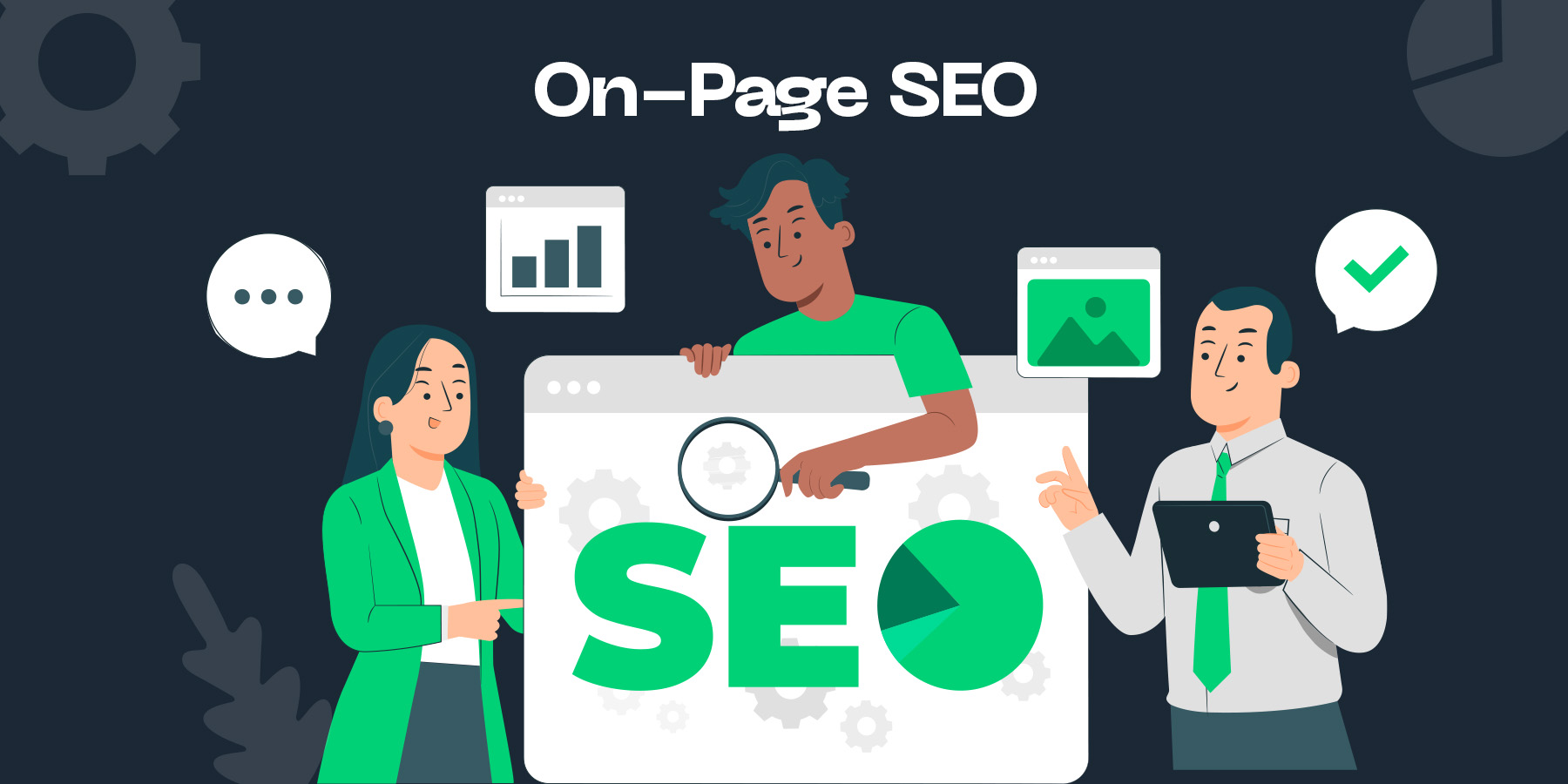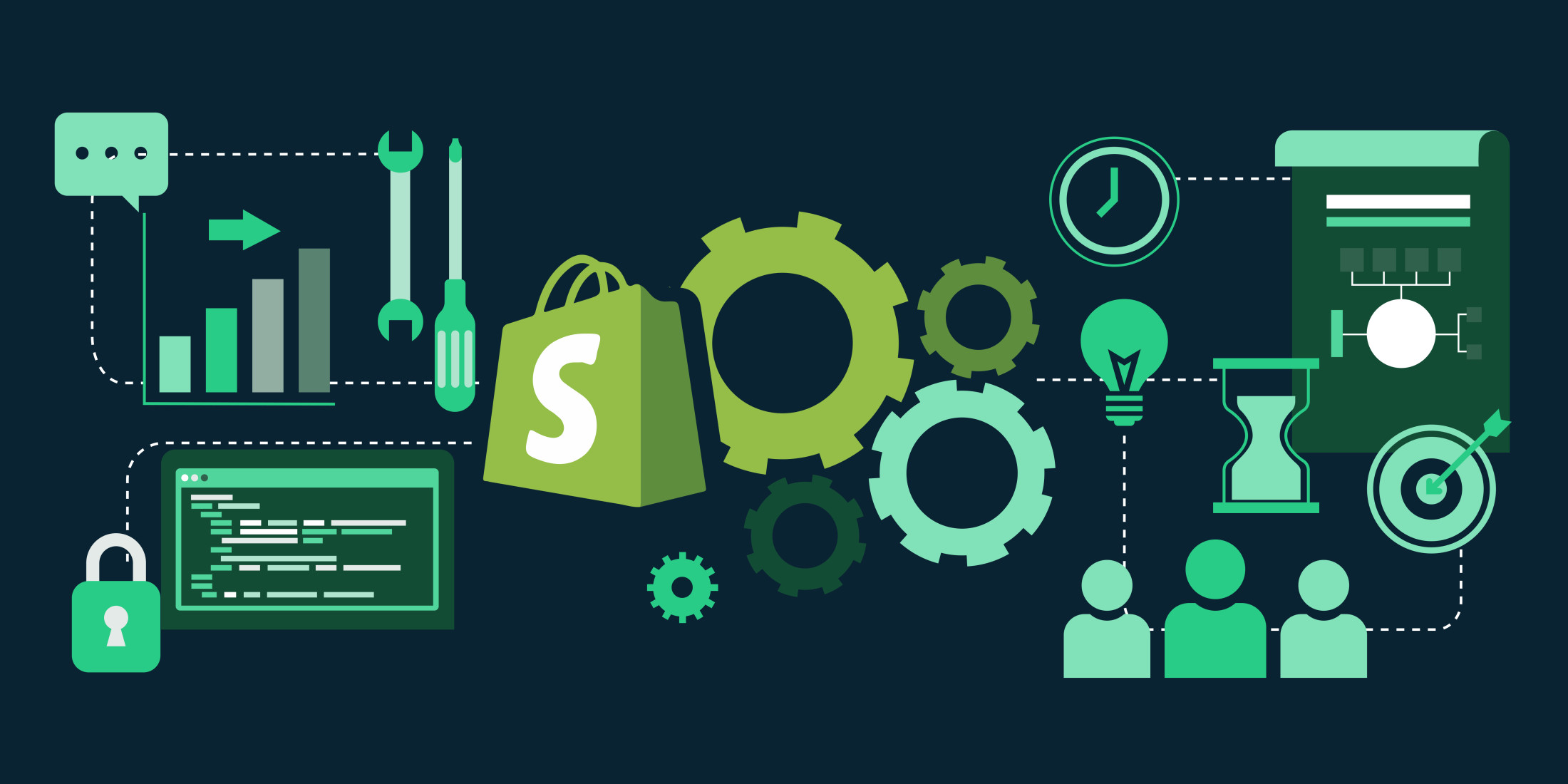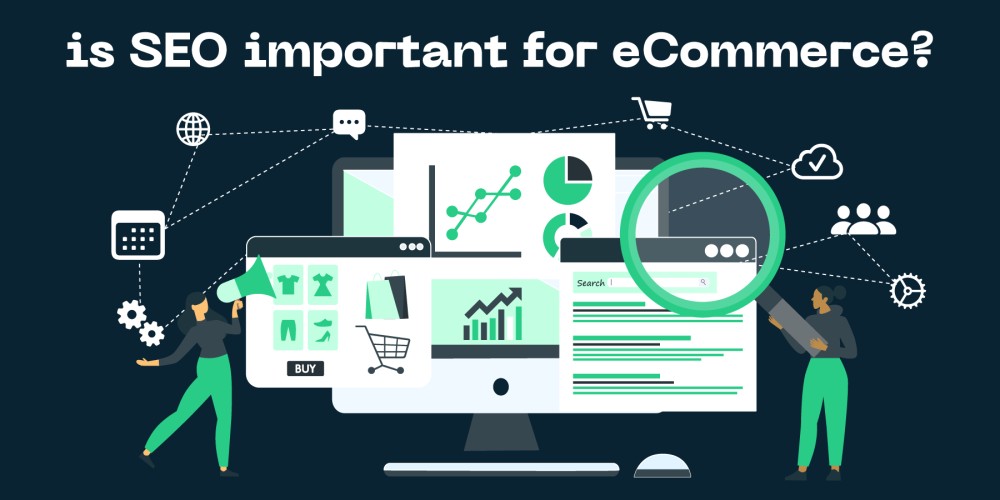Advanced On-Page SEO Tips: Best Practices from Experts

Key Takeaways
- On-page SEO is a critical foundation for eCommerce success in 2025, influencing visibility, user engagement, and revenue more directly than off-page efforts alone.
- Content quality, site structure, and technical optimization must work together to meet both user expectations and evolving search engine algorithms.
- Advanced practices like structured data, Core Web Vitals optimization, and internal linking strategies can significantly boost rankings and improve the customer journey.
- Regular content updates and SEO audits are essential to maintaining growth, staying competitive, and adapting to continuous algorithm changes.
If you think basic on-page SEO is enough to win in 2025, think again.
Today’s digital landscape is ruthless — and search engines aren’t just looking for "optimized" pages. They’re prioritizing expertly crafted, user-focused, and technically flawless content.
For eCommerce brands, marketers, and growth teams, mastering advanced on-page SEO is no longer optional. It’s the difference between ranking #1 and disappearing into the noise.
In this guide, you’ll learn:
- What on-page SEO really means in 2025 (and why it's evolved)
- How it stacks up against off-page SEO (with a no-fluff comparison)
- 9 expert-backed techniques to sharpen your site and dominate search rankings
- Pro tips you won't find in outdated "SEO checklist" blogs
Whether you're refining your product pages or planning a full site revamp, these advanced tactics will help you stay ahead — and stay found.
What Is On-Page SEO?
At its core, on-page SEO refers to the practice of optimizing individual web pages — both their visible content and underlying HTML code — to improve their position in search engine rankings. It’s about ensuring that every page on your site is clear, valuable, and easy for both users and search engines to understand.
Unlike off-page SEO, which focuses on external factors like backlinks and brand mentions, on-page SEO gives you full control. It allows you to directly influence how your pages are indexed, ranked, and presented in search results.
For eCommerce brands, strong on-page SEO is foundational. It ensures that product pages, category pages, and content hubs are not only discoverable but also compelling enough to drive clicks, engagement, and conversions.
Key elements of on-page SEO include:
- Content Optimization: Crafting high-quality, relevant, and user-intent-driven content.
- HTML Optimization: Structuring title tags, meta descriptions, headers (H1–H3), and internal links for clarity and SEO effectiveness.
- Site Structure: Building a logical, intuitive architecture that supports both user navigation and search engine crawling.
When executed properly, on-page SEO strengthens your site’s authority, improves user experience, and lays the groundwork for sustainable organic growth.
On-Page SEO vs. Off-Page SEO
To build a successful SEO strategy, it’s essential to understand the difference between what happens on your website and what happens around it.
Here’s a clear comparison:
Both on-page and off-page SEO contribute to long-term organic success.
However, on-page SEO is where you have the most immediate control — and where results are often seen the fastest. It forms the foundation upon which any external authority (off-page efforts) can be built.
Without a fully optimized site structure, strong content, and a positive user experience, even the best off-page strategies will struggle to deliver meaningful returns.
In short: Before trying to earn authority outside your site, you must first master the authority within it.
Advanced On-Page SEO Techniques for 2025
Staying competitive in today’s digital landscape means elevating every aspect of your on-page SEO. Here are the advanced techniques that leading eCommerce brands are implementing to build stronger, faster, and higher-ranking websites.
1. Content Optimization
Content remains the cornerstone of on-page SEO — but the expectations are higher than ever.
- Long-form, high-value content: Prioritize depth, clarity, and actionable insights. Pages that comprehensively answer user queries and anticipate related questions tend to outperform thin content.
- Keyword strategy: Balance primary keywords with secondary and semantic keywords to create natural, rich content ecosystems. Focus on intent, not just volume.
- Content refresh cycles: Regularly audit and update your core pages. Evergreen content that stays relevant over time consistently drives stronger SEO performance.
2. Title Tags & Meta Descriptions
First impressions in search begin here.
- Writing titles that hook and rank: Place primary keywords toward the beginning, maintain clarity, and keep titles between 50–60 characters.
- Meta descriptions that drive clicks: Summarize page value compellingly within 150–160 characters. Focus on clarity, emotional resonance, and subtle calls to action.
3. Build Smarter URLs
A strong URL structure reinforces both user experience and search engine understanding.
- Best practices: Keep URLs short, descriptive, and keyword-rich. Use hyphens (not underscores) to separate words, and avoid unnecessary parameters or complex folder structures.
- Security signals: Ensure all pages are served via HTTPS. Insecure sites not only deter users but are deprioritized in search rankings.
4. Internal Linking
Internal links are critical for distributing authority and improving site navigation.
- Building a logical link map: Link related content naturally to enhance crawlability and create intuitive pathways for users.
- Orphan pages: Regularly audit your site to find pages without internal links pointing to them, and integrate them into your site's ecosystem.
5. Image SEO
Images do more than illustrate — they contribute meaningfully to SEO.
- Smart file naming: Use descriptive filenames that incorporate target keywords naturally.
- Compression and next-gen formats: Optimize image load times by compressing files and adopting formats like WebP or AVIF for faster rendering without sacrificing quality.
- Using image sitemaps: Help search engines discover and index your visuals by creating dedicated image sitemaps.
6. Page Speed & Core Web Vitals
Speed and experience are non-negotiable in 2025.
- Quick wins: Minimize code, leverage browser caching, optimize media files, and use Content Delivery Networks (CDNs) to reduce load times.
- Understanding and optimizing LCP, FID, and CLS:
- LCP (Largest Contentful Paint): Focus on server response times and image optimization.
- FID (First Input Delay): Reduce third-party scripts and streamline code execution.
- CLS (Cumulative Layout Shift): Set size attributes for media and manage dynamic content carefully.
- Page experience’s impact: A better Core Web Vitals performance directly correlates with stronger search rankings.
7. Mobile Optimization
Google’s mobile-first indexing means mobile UX cannot be an afterthought.
- Why mobile-first isn’t optional anymore: Most users and crawlers experience your site via mobile first. Poor mobile UX can tank rankings.
- Practical tips: Use responsive design, prioritize tap targets, streamline navigation, and optimize above-the-fold content for faster perceived load times.
8. Schema Markup & Featured Snippets
Structured data sharpens your visibility in search results.
- Adding structured data: Implement schema types like Product, FAQ, Review, and Breadcrumb to help search engines better interpret your pages.
- Engineering content for snippet domination: Format answers clearly, use lists, and anticipate the specific queries users are searching for.
9. Run Regular SEO Audits
Optimization is an ongoing process, not a one-time task.
- Why consistent audits beat one-time fixes: SEO issues evolve over time — regular audits allow you to catch and resolve problems early before they impact performance.
- Tools and tips: Use reliable platforms like ConvertMate or Screaming Frog to monitor technical health, indexability, and content quality.
What Top SEOs Say About 2025 Trends
1. User Experience Is the New Standard
"Google’s algorithm updates are increasingly tied to user signals like page speed, mobile usability, and Core Web Vitals. Brands that ignore UX will find it harder to rank — regardless of backlinks or domain authority."
— Semrush
2. Content Depth and Topical Authority Matter More Than Ever
"Thin content is fading fast. To rank consistently, brands must cover topics comprehensively — addressing both primary and secondary queries within the same ecosystem."
— Loganix
3. Internal Linking and Site Architecture Are Undervalued Opportunities
"Smart internal linking is one of the most overlooked ways to increase rankings and distribute page authority without building a single new backlink."
— Rank Math
4. Structured Data Is Becoming Table Stakes
"Without structured data, brands are missing opportunities to enhance their listings with rich results — from product ratings to FAQs — and stand out directly in SERPs."
— ConvertMate
Frequently Asked Questions
1. What is the main goal of on-page SEO?
The goal of on-page SEO is to optimize individual web pages to improve their visibility, relevance, and ranking in search engine results — while also creating a seamless and engaging experience for users.
2. How does on-page SEO differ from off-page SEO?
On-page SEO focuses on elements you control within your own website, such as content quality, structure, and performance. Off-page SEO involves activities outside your site, like building backlinks and increasing brand visibility.
3. Why is on-page SEO so important for eCommerce brands?
For eCommerce, strong on-page SEO ensures that product and category pages are discoverable, load quickly, deliver a great user experience, and ultimately drive more conversions.
4. What are Core Web Vitals, and why do they matter?
Core Web Vitals are a set of performance metrics that measure real-world user experience, including load speed (LCP), interactivity (FID), and visual stability (CLS). Optimizing for these factors directly impacts both rankings and customer satisfaction.
5. How often should an eCommerce site update its SEO?
SEO should be a continuous process. Regular content audits and technical reviews — at least once per quarter — help brands stay aligned with search engine updates and shifting user behavior.
6. What is structured data, and how does it help SEO?
Structured data (schema markup) helps search engines better understand your content, enhancing your listings with rich results like reviews, FAQs, and product details, which can significantly improve click-through rates.
7. Can strong on-page SEO reduce reliance on paid advertising?
Yes. Investing in advanced on-page SEO builds sustainable organic traffic, reducing the need for constant paid acquisition and improving overall marketing efficiency over time.
Summary
In a competitive eCommerce landscape, advanced on-page SEO is no longer just a technical requirement — it’s a strategic growth driver.
Brands that consistently optimize their content, technical structures, and user experience set themselves apart in organic search. Those that neglect it risk falling behind — regardless of how strong their products or off-page strategies may be.
By implementing the expert-backed practices outlined in this guide — from sharpening content strategies to mastering Core Web Vitals and structured data — you’ll be building a website that not only ranks higher but converts better and drives sustainable revenue growth.
SEO in 2025 is about depth, adaptability, and execution.
Master on-page SEO now — and position your brand for long-term success.


